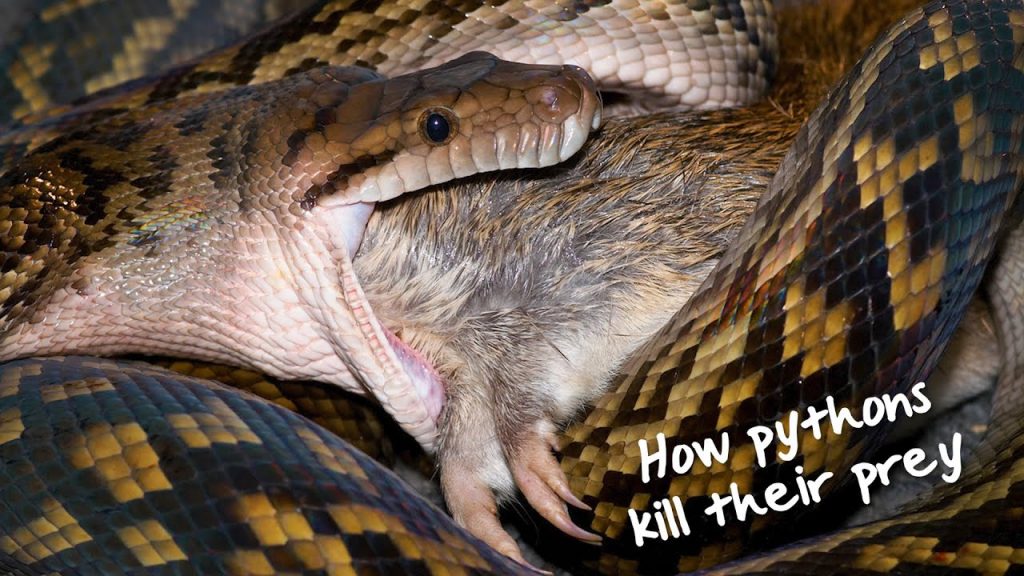Have you ever wondered how snakes kill their prey? It is a mystery that has perplexed scientists and nature lovers alike. From venomous snakes to constrictors, the means by which snakes take down their prey is a fascinating and mysterious process. In this article, we will uncover the various ways snakes kill their prey and discuss the science behind their unique hunting techniques.
Anatomy of a Snake
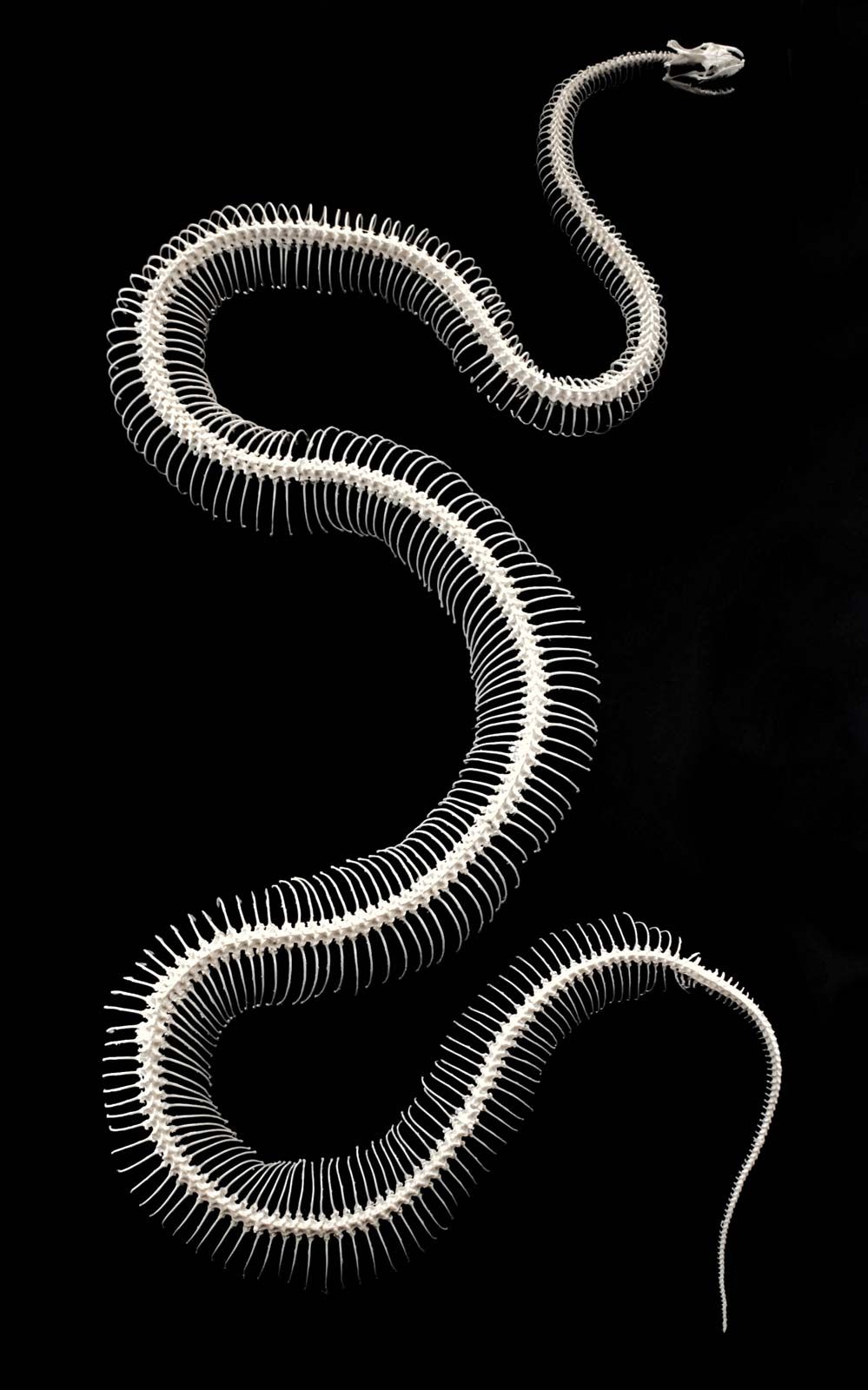
Snakes have evolved over millions of years to become the perfect predators. Their bodies are specially adapted for hunting and for killing prey. The anatomy of a snake consists of several key parts that enable it to be an efficient killer.
Head: The head of a snake is where its sensory organs, including eyes and nostrils, are located. It is also where the venom glands are located, enabling the snake to inject venom into its prey.
Mouth: A snake’s mouth is specially adapted for biting and injecting venom into prey. Its flexible jaws enable it to open wide enough to swallow prey whole.
Tongue: A snake’s tongue is used for both tasting and smelling. It is forked, with each end connected to a sensory organ in the roof of the mouth, enabling the snake to detect scents and flavors in the air.
Body: The body of a snake is long and flexible, allowing it to move quickly and to coil around its prey. Its scales are smooth and offer protection from predators.
Tail: The tail of a snake is used for balance and for propulsion. Its muscular body enables it to move quickly and to strike at prey with great force.
Venom: Venom is the most important weapon in a snake’s arsenal. It is a powerful neurotoxin that paralyzes its prey and prevents it from escaping.
With these adaptations, snakes are able to hunt and kill their prey with remarkable efficiency.
Types of Prey

- Small mammals
- Birds
- Fish
- Reptiles
- Amphibians
- Insects
Snakes typically hunt for animals such as small mammals, birds, fish, reptiles, amphibians, and insects. They use their sharp teeth and powerful muscles to latch onto their prey and constrict them until they die. They then swallow the prey whole.
Hunting Techniques
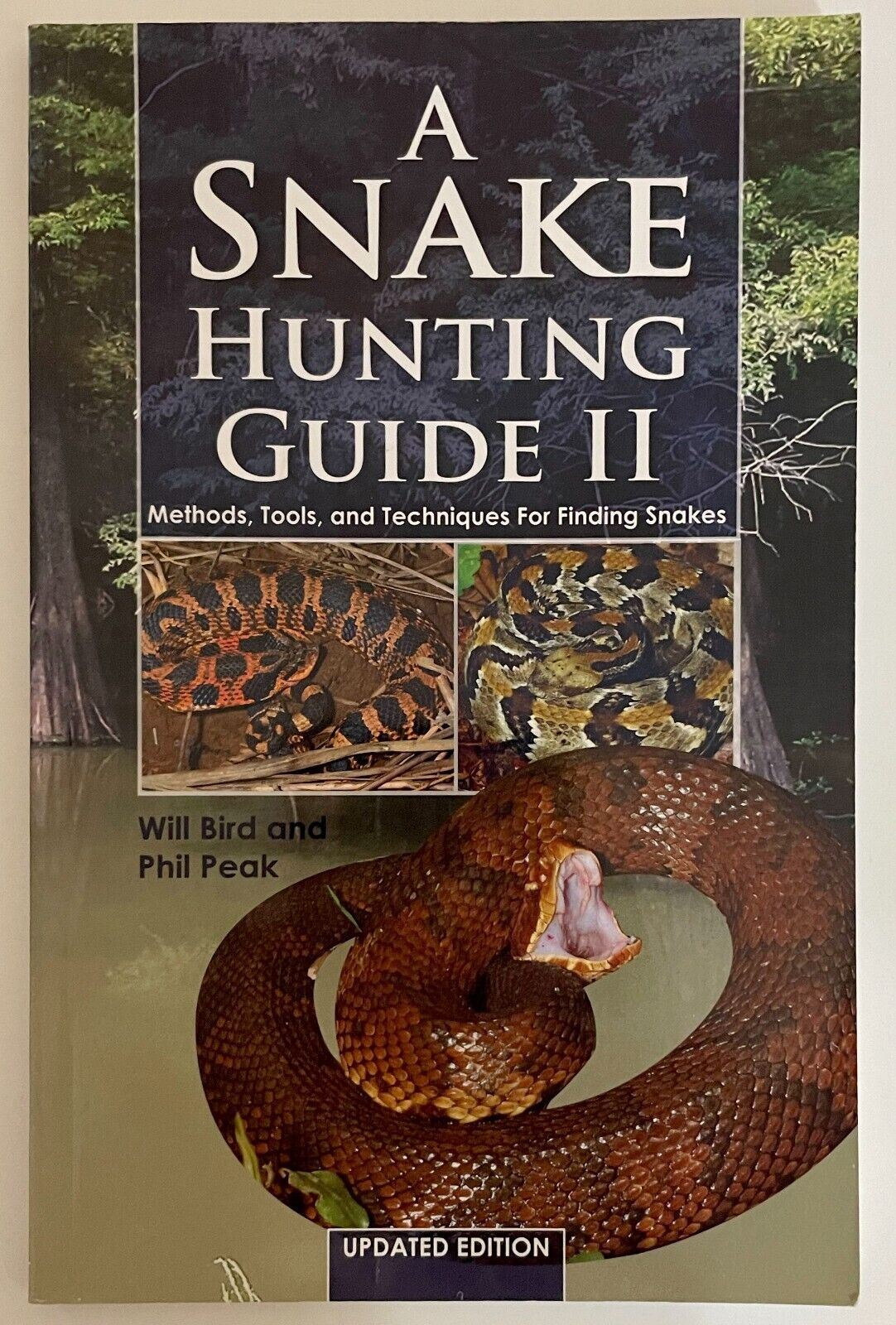
- Ambush Hunting: Snakes will use ambush hunting to surprise their prey. This is done by concealing themselves in leaves, rocks, or grass, waiting for their prey to come close enough to strike.
- Stalking: Snakes can also use stalking to hunt their prey. This is done by following their prey from a distance, and then striking when the opportunity presents itself.
- Active Hunting: Active hunting is when snakes actively search for their prey. This is done by searching for prey in places with abundant food sources, such as near water sources or in areas with decaying vegetation.
- Swimming: Some species of snakes are adept swimmers, and will use this ability to hunt their prey in water. This is done by swimming close to the surface of the water and striking when the prey is within range.
Constriction
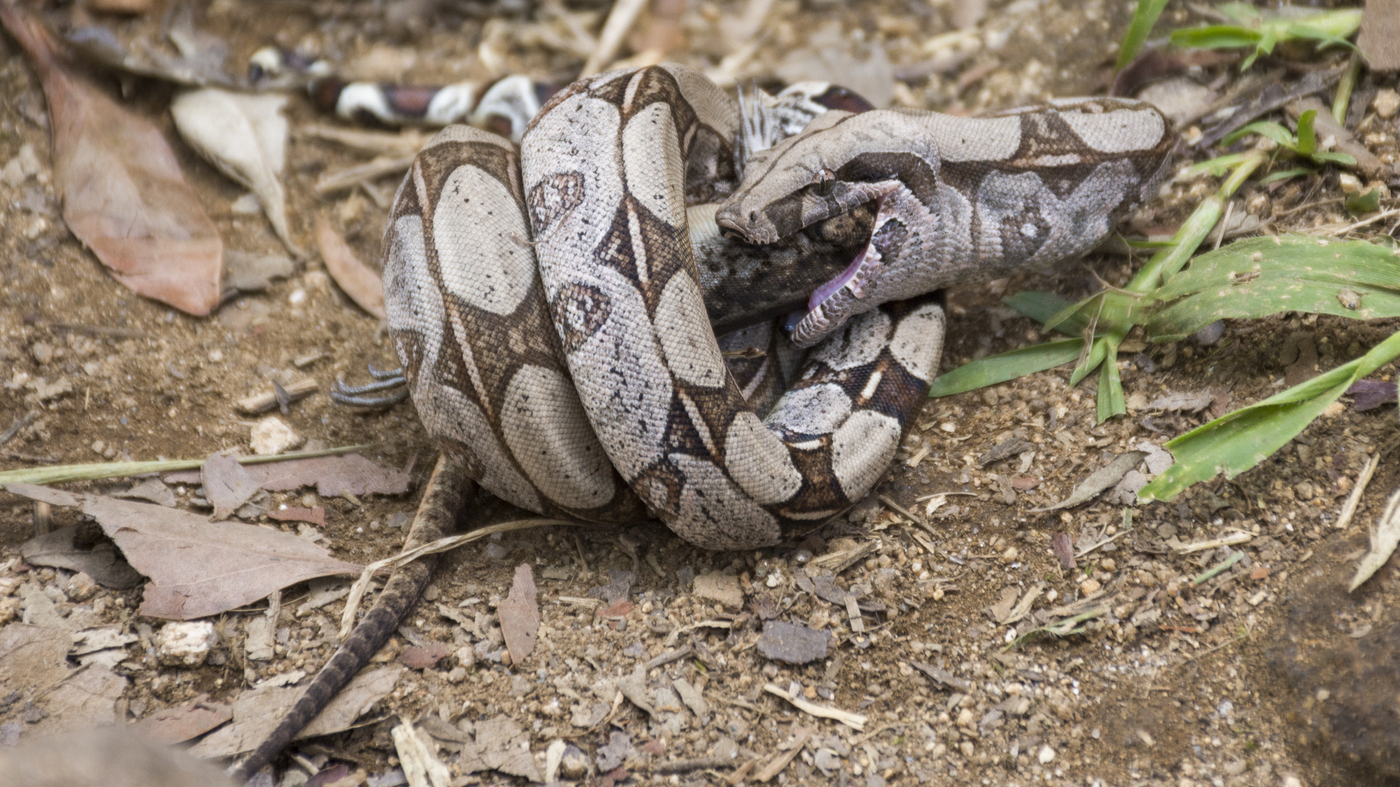
Snakes use constriction as a means of killing their prey. They wrap their body around their prey and tighten their muscles to squeeze the life out of their victim. This form of suffocation is so powerful that the prey can die in minutes. Constriction is the most common way that snakes kill their food. It is also used to subdue prey and hold it in place until the snake can swallow it.
Venom
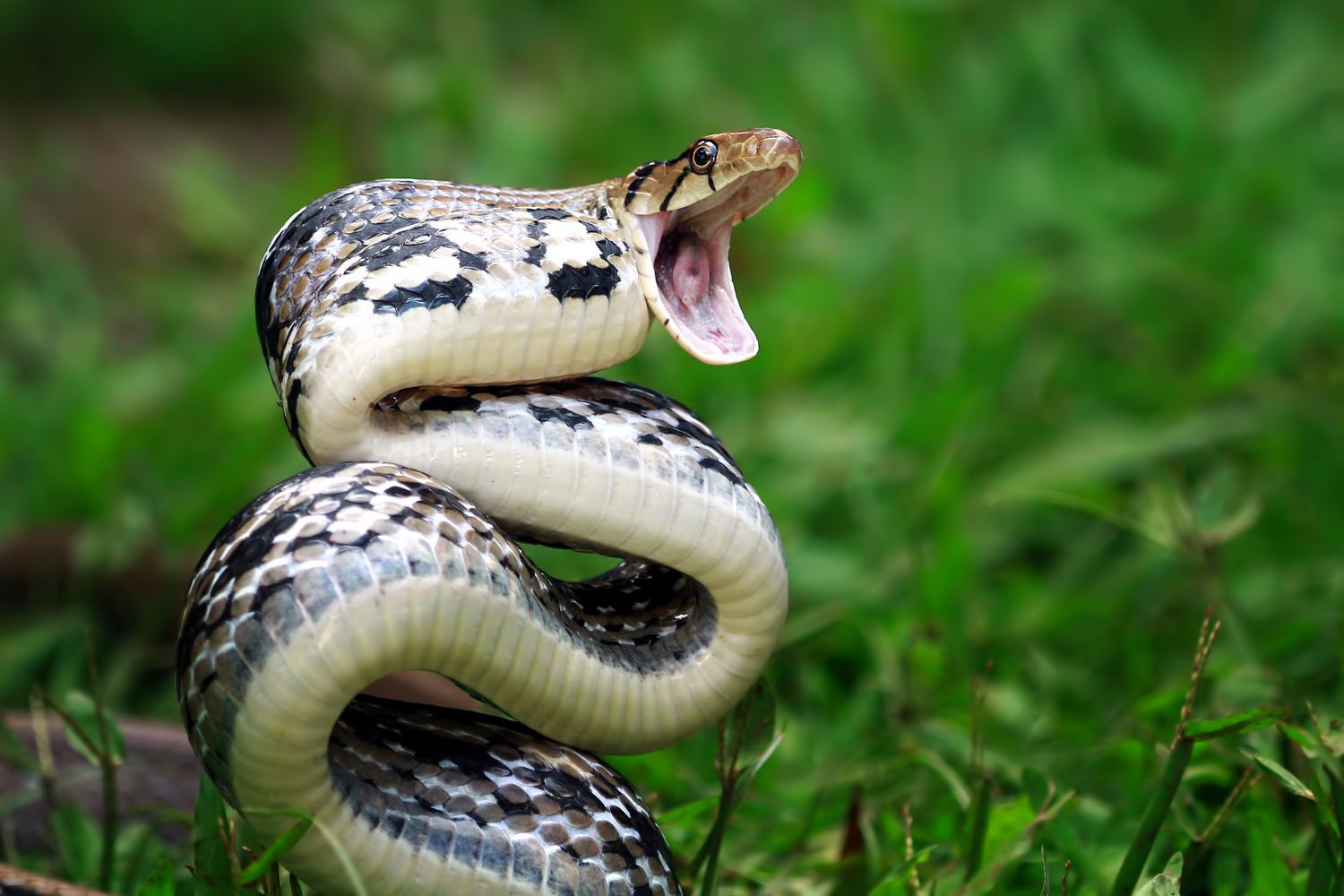
Snakes kill their prey by injecting venom from specialized glands located near their fangs. The venom is a complex mixture of proteins and enzymes that interact with the prey’s nervous system, resulting in paralysis and death. Depending on the species, the venom can be fast-acting or slow-acting, and can be extremely deadly. Some species of snakes use their venom to immobilize their prey before consuming them, while other species inject a lethal dose that kills their prey instantaneously.
Ambush
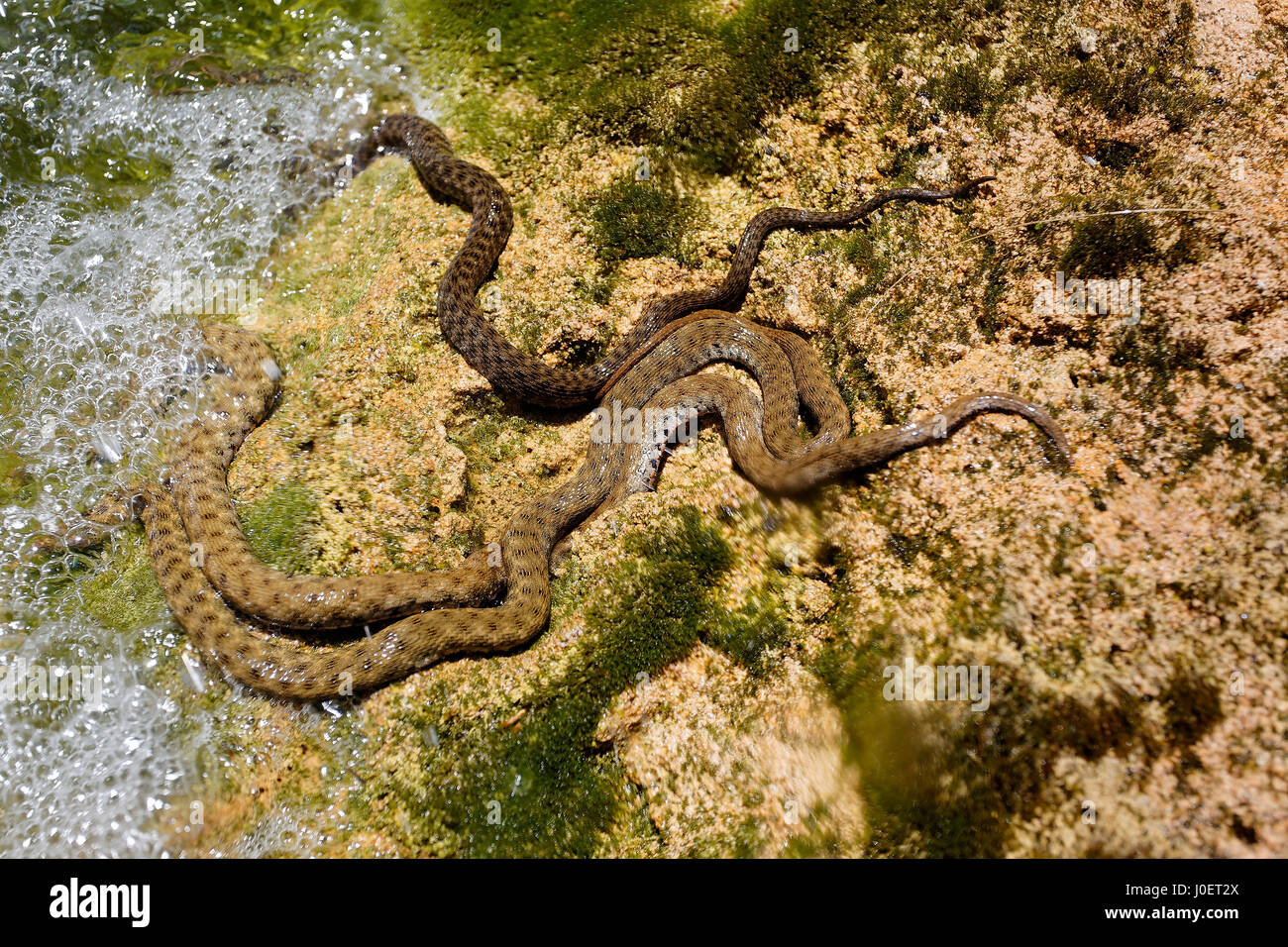
Many snakes employ the ambush method to catch their prey. This involves hiding in a concealed area and suddenly attacking when their prey passes close by. Snakes are usually aware of the presence of their prey through their acute sense of hearing, smell and sight. When the prey is near enough, the snake will rapidly strike and inject its venom to immobilize the animal.
| Snakes | Type of Ambush |
|---|---|
| Pit Vipers | Hiding in a concealed area and waiting for their prey to approach |
| Cobras | Raising their hoods and then striking their head forward with lightning speed |
| Sea Snakes | Waiting in the water and grabbing their prey when it swims nearby |
The type of ambush used by snakes can vary greatly depending on the species. Pit vipers such as rattlesnakes, copperheads and cottonmouths will hide in a concealed area and wait for their prey to approach. Cobras will raise their hoods and then strike their head forward with lightning speed. Sea snakes, on the other hand, will wait in the water and grab their prey when it swims nearby.
Chasing
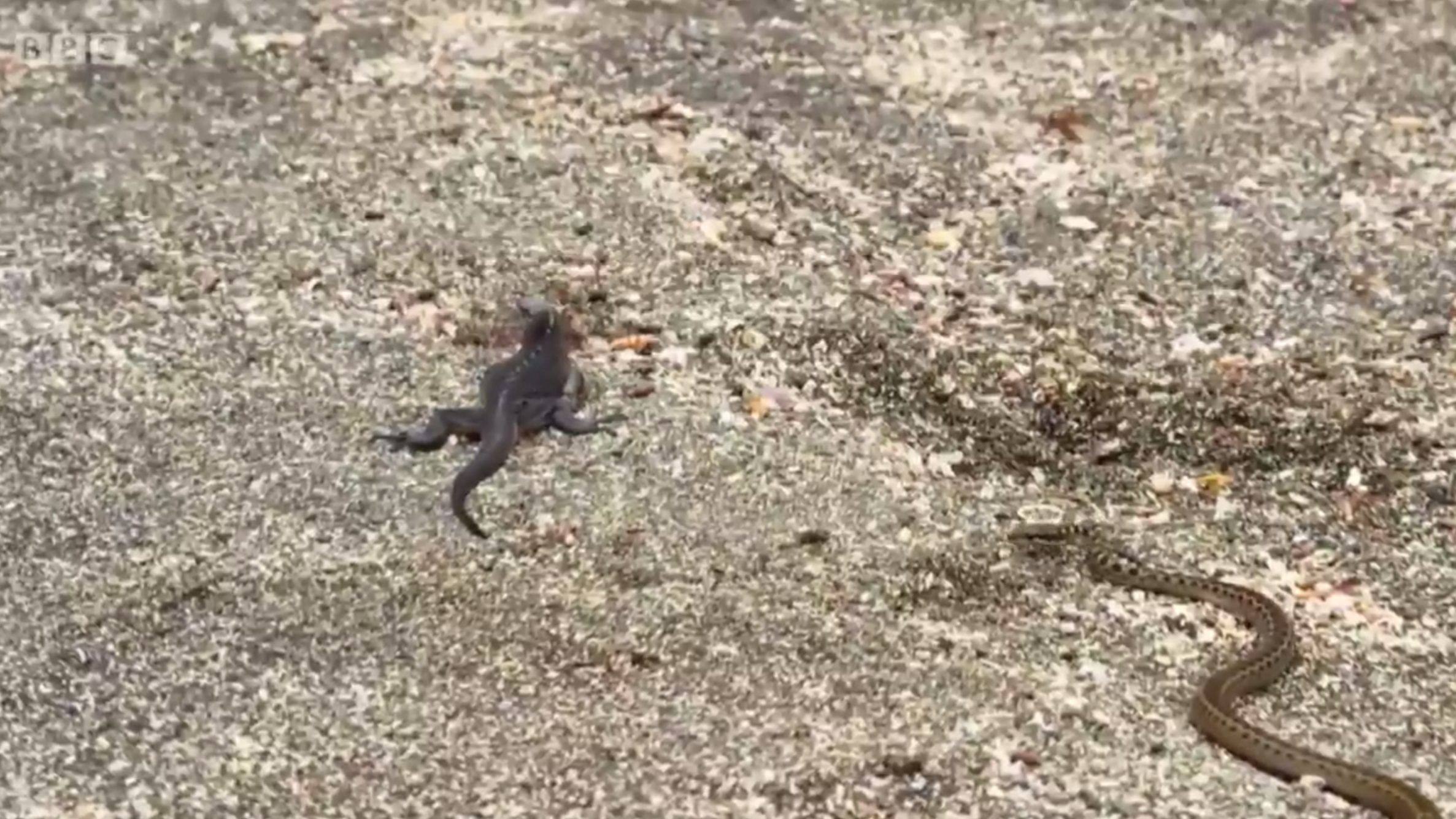
- Snakes can quickly pursue their prey, using their highly flexible bodies and agility.
- The snake will quickly wrap its body around the prey and constrict it, preventing the victim from escaping.
- Snakes can detect their prey’s movements and react rapidly to capture it.
- Snakes may also strike at their prey and use their sharp teeth to bite and hold onto the prey.
- Once the snake has a hold of its prey, it will use its body to coil around and squeeze, stopping the prey from breathing.
Prey Defense Strategies
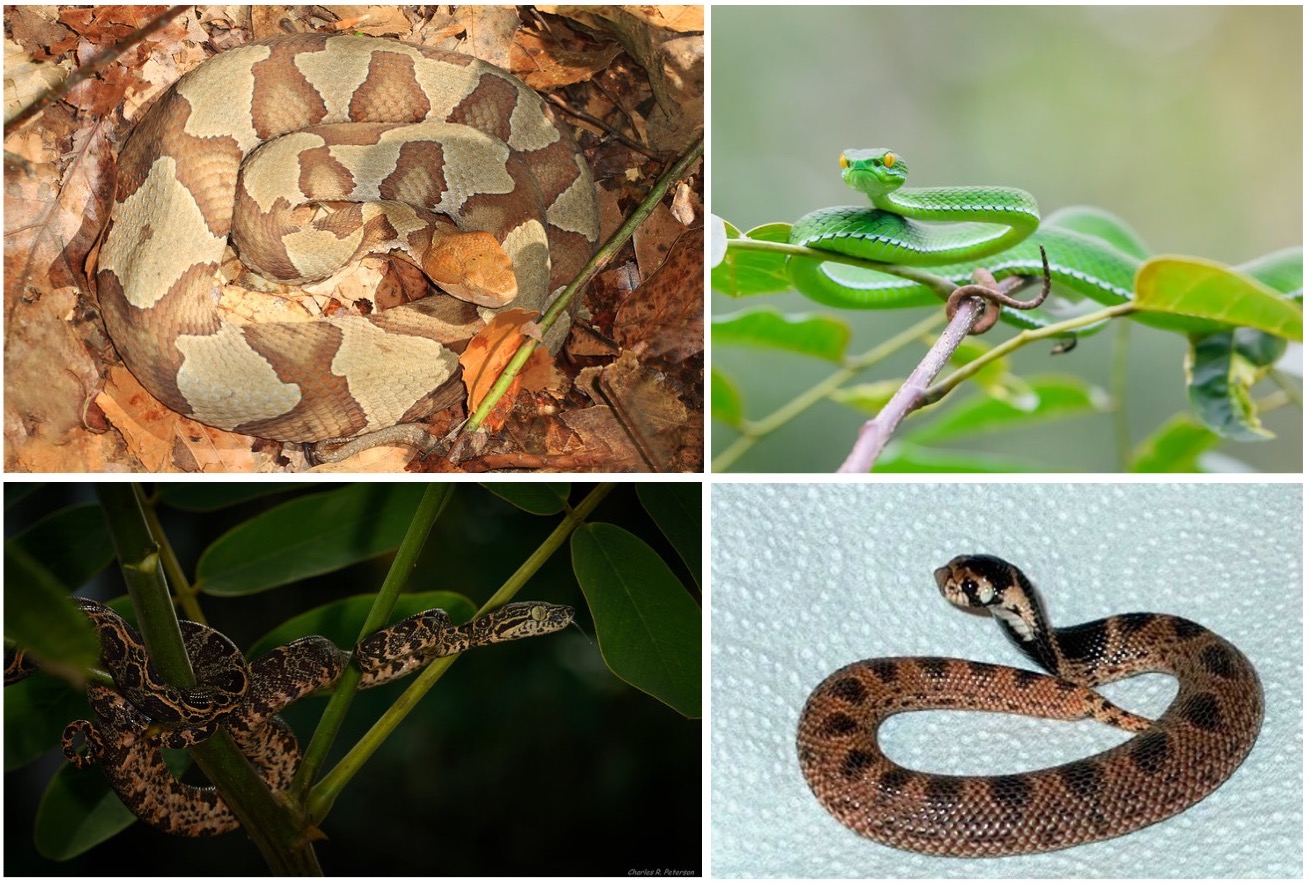
- Constriction – Snakes constrict their prey by gripping the animal tightly with their body, crushing it, and suffocating it.
- Venom – Many snakes have venomous glands that allow them to inject a toxic substance into their prey. This venom can paralyze or even kill the animal.
- Ambush – Many snakes wait in ambush for their prey and then strike quickly.
- Tail Luring – Some snakes, such as the hognose snake, use their tails as lures to attract their prey.
- Camouflage – Snakes use camouflaging techniques to blend in with their environment, making them less visible to their prey.
Benefits of Hunting
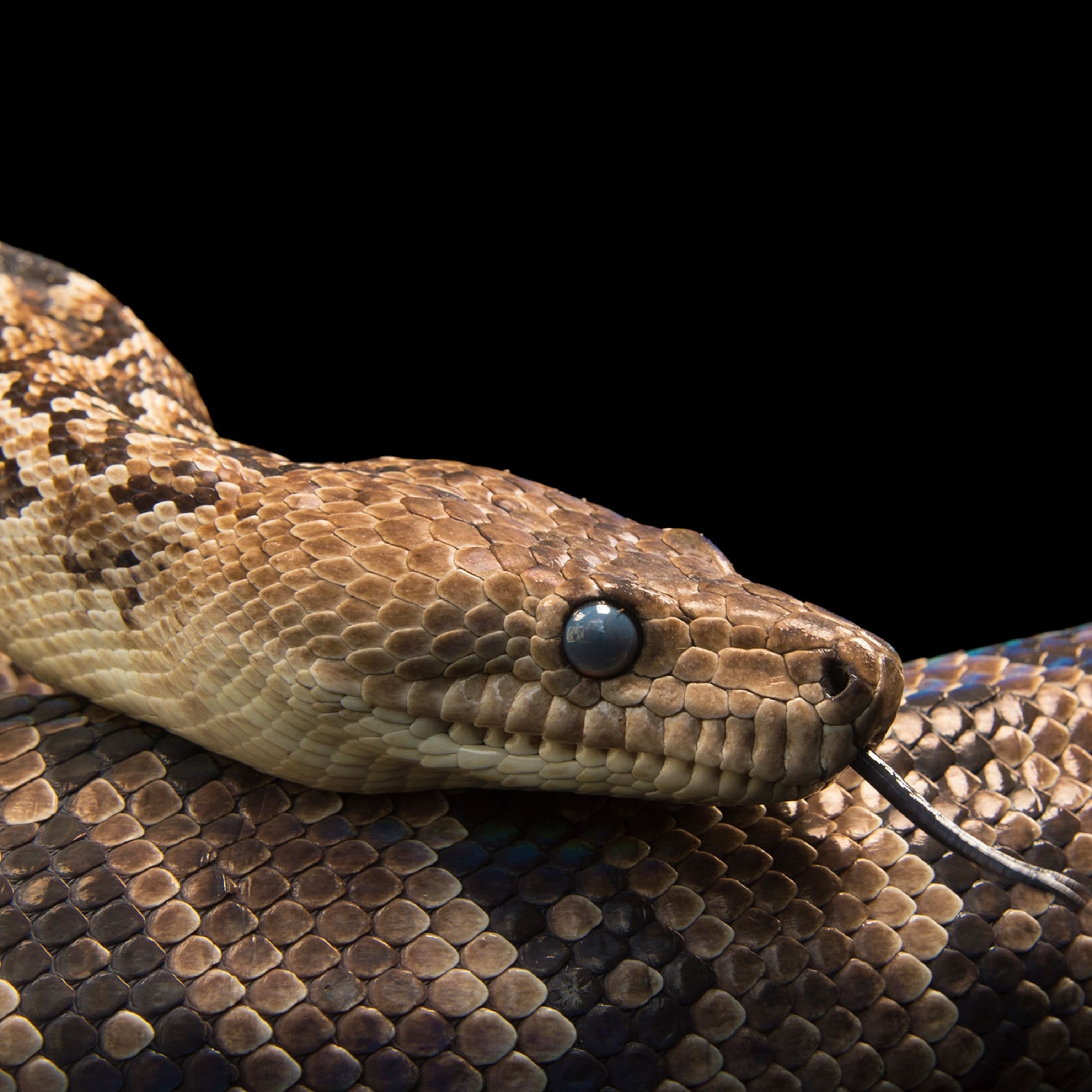
Hunting is a common way for snakes to kill their prey. It allows them to practice their skills of stealth and speed, and helps them to stay agile and alert. Hunting also provides them with the necessary nutrition needed to stay healthy and strong. Additionally, hunting can help regulate the population of other animals in the area, ensuring that they do not become overpopulated or cause damage to their environment. Hunting also serves as an important source of food for other predators in the area, such as birds of prey or other reptiles. Finally, hunting helps snakes to maintain the balance of their ecosystem.
Impacts on the Environment
Snakes have an important role in the environment, as they help to control the populations of other animals and insects. As a result, when the snake population is reduced, the populations of their prey can increase, leading to an overall disruption in the delicate balance of the environment. When this happens, it can lead to a depletion of resources, an increase in the spread of disease, and an overall decrease in the biodiversity of the region. As such, it is important to ensure that snake populations remain healthy and balanced.
Conclusion
Snakes have a variety of hunting methods and prey items. They use constriction, venom, and other means to hunt and kill their prey. Constriction is the most common method, where the snake wraps its body around the prey, squeezing until it stops breathing. Venom is used to paralyze the prey and cause death. Other methods include ambush hunting, in which the snake lies in wait for its prey, and active hunting, in which the snake actively pursues its prey.
| Method | Description |
|---|---|
| Constriction | Wrap around prey and squeeze until it stops breathing |
| Venom | Paralyze prey and cause death |
| Ambush Hunting | Lie in wait for prey |
| Active Hunting | Pursue prey actively |
Snakes are skilled hunters and have adapted their hunting methods to suit the prey they are hunting. It is clear that snakes have a variety of tools at their disposal to hunt and kill their prey.
Frequently Asked Questions
How do snakes use their venom to kill their prey?
Snakes use venom to immobilize their prey in order to consume it. Snake venom is composed of a variety of proteins, enzymes, and other compounds that act to paralyze, damage tissue, and/or interfere with the prey’s blood clotting ability. In addition, some species of venomous snakes have evolved to produce venom that can cause life-threatening symptoms such as extreme pain, hemorrhaging, or even death.
What techniques do snakes use to hunt their prey?
Snakes rely on a variety of hunting techniques to capture their prey, including ambush, stalking and constriction. They use their keen sense of smell and sight to detect potential prey before striking. Ambush hunting involves lying in wait for the prey to pass by and then using quick strikes to capture it. Stalking involves slowly following and approaching the prey, while constriction involves wrapping the body around the prey and squeezing until it is unable to move. In certain cases, venom may also be used to immobilize or kill the prey.
What is the process of a snake killing its prey?
Snakes typically kill their prey by constriction. This is a process of wrapping their bodies around the prey and squeezing it tightly until it suffocates or its heart stops beating. In some cases, a snake may inject its venom into the prey, depending on the species, which can cause paralysis and death. Once the prey has been subdued, the snake swallows the prey whole.
How does a Snake’s Physiology Aid in its Ability to Kill its Prey?
Snakes have several features that allow them to effectively kill their prey. Their flexible bodies, sharp teeth and powerful jaws enable them to quickly subdue their prey. Their long, forked tongues help them detect odors, allowing them to identify and track prey. Additionally, venomous snakes have specialized glands that produce powerful toxins, which can paralyze or kill their prey quickly.
What types of prey are most vulnerable to a snake’s hunting techniques?
Small mammals, birds, amphibians, and fish are the most vulnerable to a snake’s hunting techniques. Snakes use their long, powerful bodies to ambush their prey, often constricting them until they suffocate. They also rely on their excellent sense of smell to track down prey, and their ability to stay still and blend in with their surroundings.
Conclusion
Snakes have adapted over time to become efficient predators, relying on both venom and constriction to kill their prey. Constriction is the most common method used, and is achieved by the snake wrapping itself around its prey, squeezing the animal until it is dead. Venom, on the other hand, is used to paralyze or poison its prey. Depending on the species, a snake may use one method or the other, or a combination of both. As we have seen, snakes are powerful predators and have developed a range of strategies to hunt and kill their prey.
